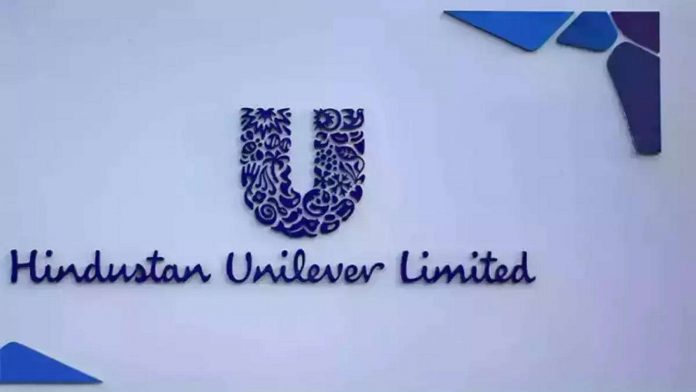Unilever has published an ambitious series of targets to increase the criteria for internal diversity and inclusion (D&I) and ensure that identical benchmarks are reached by external partners. The sacrifices could set the standard for years to come for the owners of brands such as Ben & Jerry’s and Dove’s activities, particularly in marketing.
As the coronavirus pandemic has put income injustice into sharp focus, promises to partner with organizations who owe their workers a living wage. Other social trends, including mass demonstrations for civil justice last summer, have put diversity and inclusion at the core of the stage for marketers and the forms they sell to customers. In the U.S., one of the main U.K.-based Unilever markets, raising the federal minimum wage has now been a hot-button political problem.
Unilever says that it now pays “at least” a minimum wage to all its workers, but the FMCG company is also looking to guarantee that all the suppliers of products and services do the same by 2030. On the D&I front, by 2025, the organization plans to steer more than $2 billion annually to numerous vendors, including small and medium-sized companies owned and run by women, persons with disabilities, LGBT individuals, and people from underrepresented racial and ethnic communities.
It is unclear how substantially the strategy of Unilever would affect its work with agencies, but the analysis of the initiative suggests that the organization will perform a separate analysis of its media-buying practices that may realign its relationships. The firm would not comment on rumors, a Unilever spokesman told the campaign. When approached by Marketing Dive via a spokesperson, the firm had no comment to make.
Commitments to upskilling workers for the future of jobs may also shape the business policy of Unilever. CEO Jope reported during a recent conference call that Unilever will invest in a “more manpower-intensive marketing world, where more resources are taken from digital programs.”
The equity and inclusion benchmarks of Unilever mimic those of certain major rivals, including Procter & Gamble. Last June, when the activist movement was at a height, Marc Pritchard, brand leader of P&G, unveiled a four-point strategy to eliminate ethnic disparity that included accelerating the company’s acquisitions in third-party black-owned and run publishing firms, agencies, and communications providers, as well as targeting 40 percent internal multicultural representation in the U.S.
Recently, particularly in terms of palm oil manufacturing, the labour and supply chain practices of major multinational CPG firms have come under scrutiny. Last year, an investigation study by the Associated Press reported that women working in palm oil fields in countries such as Malaysia and Thailand were exposed to significant crimes, including violence, as well as earning low salaries. Unilever was described by the AP as “one of the biggest palm oil buyers for consumer goods,” connecting the ingredient to several top beauty brands.
Follow and connect with us on Facebook, Linkedin & Twitter

